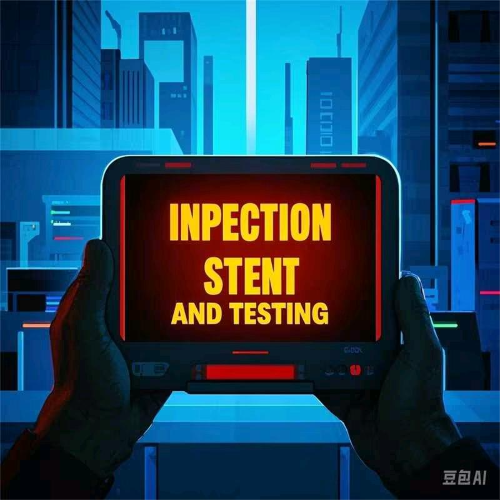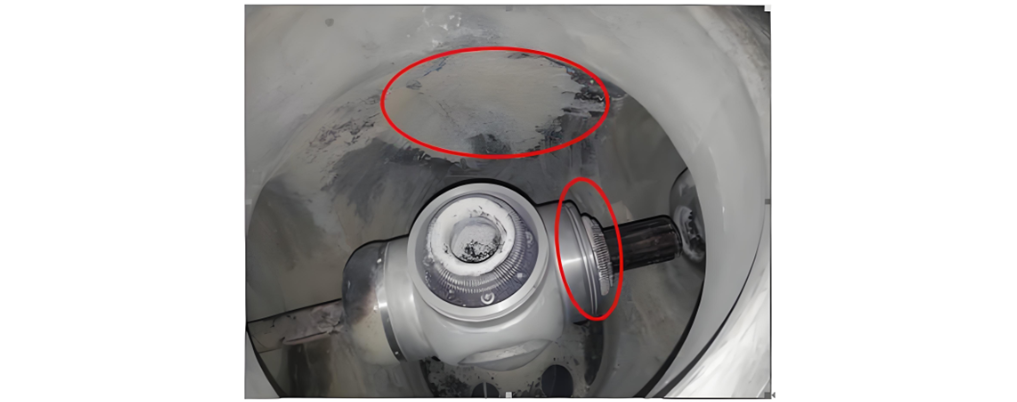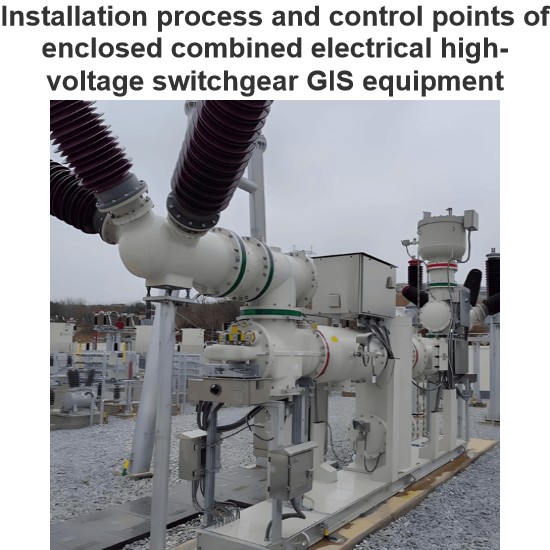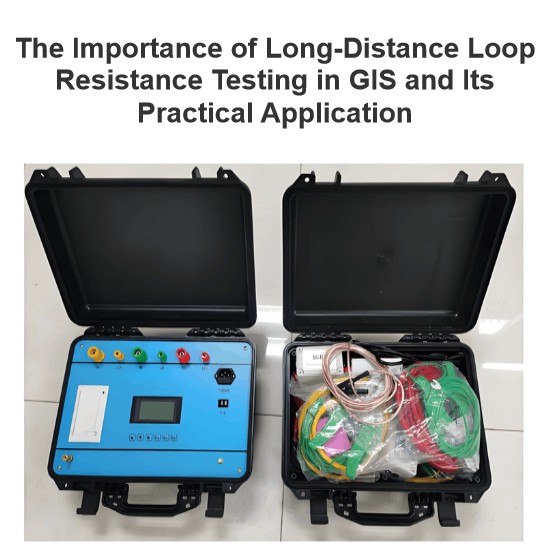GIS Insulation Defect Testing Methods
Withstand Voltage Test
Withstand voltage tests are required during handover and after major overhauls. DL/T 555-2004 Guidelines for On-Site Withstand Voltage and Insulation Tests of Gas-Insulated Metal-Enclosed Switchgear specifies the requirements and methods for on-site tests [4]. Alternating voltage is sensitive to free conductive particles and other impurities, making it suitable for detecting defects such as contaminants on insulator surfaces, loose metal components, and metal powders inside the enclosure. Impulse voltage, effective for identifying contaminants and abnormal electric field structures, is ideal for detecting metal spikes and internal metal powders.
Partial Discharge (PD) Test
During on-site withstand voltage tests, PD measurement should be conducted simultaneously. The pulse current method is currently the primary approach for measuring PD signals under power-frequency test voltage. However, this method often fails to detect defects like metal spikes and internal metal powders. Thus, PD measurement during impulse withstand voltage tests is necessary. To avoid interference in the test circuit under impulse voltage, high-frequency, ultra-high-frequency (UHF), or ultrasonic detection methods can be used.
Live PD Detection and On-line Monitoring
For defects such as loose metal components and metal powders generated during operation, live PD detection and on-line monitoring should be actively implemented. Depending on sensor principles, live detection methods include UHF and ultrasonic techniques. Live detection is suitable for periodic inspections, while on-line monitoring is ideal for tracking known defects.
Conclusions and Outlook
GIS internal insulation defects primarily include four types: high-voltage conductor spikes, insulator surface contaminants, loose metal components, and internal metal powders. To prevent these defects from escalating into failures, insulation tests and PD detection should be conducted during handover and operation. For common defects like metal spikes and powders during handover tests, PD detection under impulse voltage should be prioritized.

















